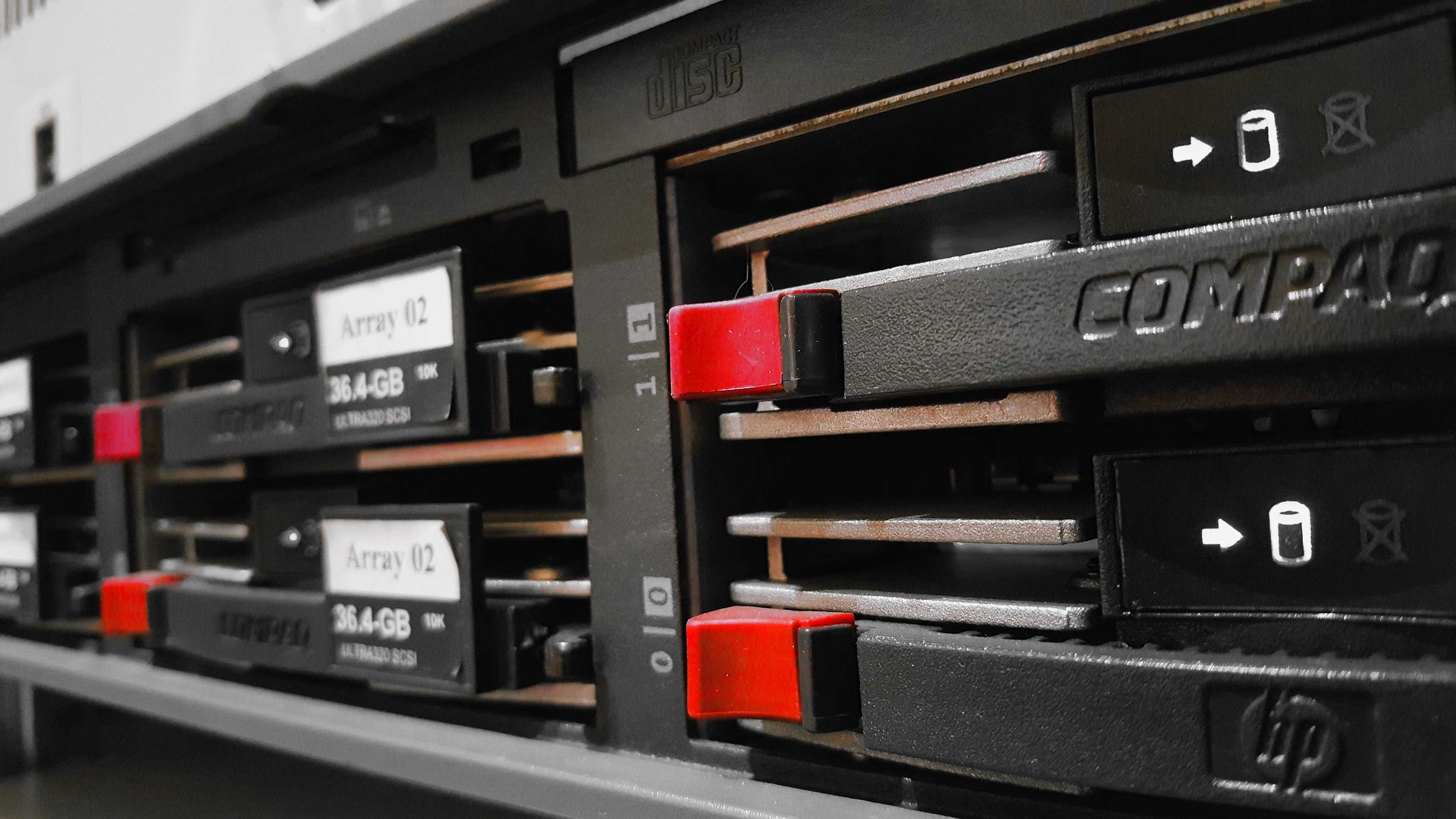VPS 101: Basics, Security, and Cool Things You Can Do
2 minutes read
 A Virtual Private Server (VPS) is like renting a small slice of a powerful computer in a data center. It looks and feels like your own Linux or Windows machine, but it runs on shared physical hardware.
A Virtual Private Server (VPS) is like renting a small slice of a powerful computer in a data center. It looks and feels like your own Linux or Windows machine, but it runs on shared physical hardware.
This guide covers:
- What a VPS is
- How to set one up
- How to harden (secure) it
- Fun and practical things you can do
What is a VPS?
- Virtual Private: It’s isolated—other customers can’t access your data.
- Server: Runs 24/7 and can host websites, apps, and services.
Compared to shared hosting, a VPS gives you:
✅ Root access
✅ Flexibility to install anything
✅ Better performance and isolation
Common providers:
- DigitalOcean
- Linode
- Hetzner
- AWS Lightsail
Getting Started
After ordering your VPS, you typically get:
- An IP address (e.g.,
203.0.113.5) - A root password or SSH key login
Connect via SSH:
First steps:
- Update packages:
&&
-
Create a new user:
-
Add SSH keys:
Paste your public key, save, and set permissions:
-
Disable root SSH login:
Edit
/etc/ssh/sshd_config:PermitRootLogin no PasswordAuthentication noRestart SSH:
Hardening Your VPS
Securing your server is critical. Here are essentials:
✅ Firewall (UFW):
✅ Fail2ban (brute force protection):
✅ Automatic security updates:
✅ Minimal services:
Disable unused services:
✅ Regular backups:
- Use
rsyncor snapshots. - Test restoring backups periodically.
Useful Things You Can Do with a VPS
Once secured, you can do all sorts of fun or productive stuff:
🎯 Host a Website or Blog
🎯 Run a Private Git Server
🎯 Create a VPN
- WireGuard is fast and easy.
- Protect your browsing on public Wi-Fi.
🎯 Self-host Applications
- Nextcloud (file syncing)
- Jellyfin (media server)
- Uptime Kuma (monitoring)
🎯 Automate Tasks
- Run cron jobs
- Host bots or scrapers
- Set up your own APIs
🎯 Experiment & Learn
- Try Docker, Kubernetes, Ansible
- Practice penetration testing in a safe environment
Final Thoughts
Owning a VPS feels like owning a little piece of the internet.
If you secure it properly and keep it updated, it’s an incredibly powerful tool for learning, hosting, and creating.